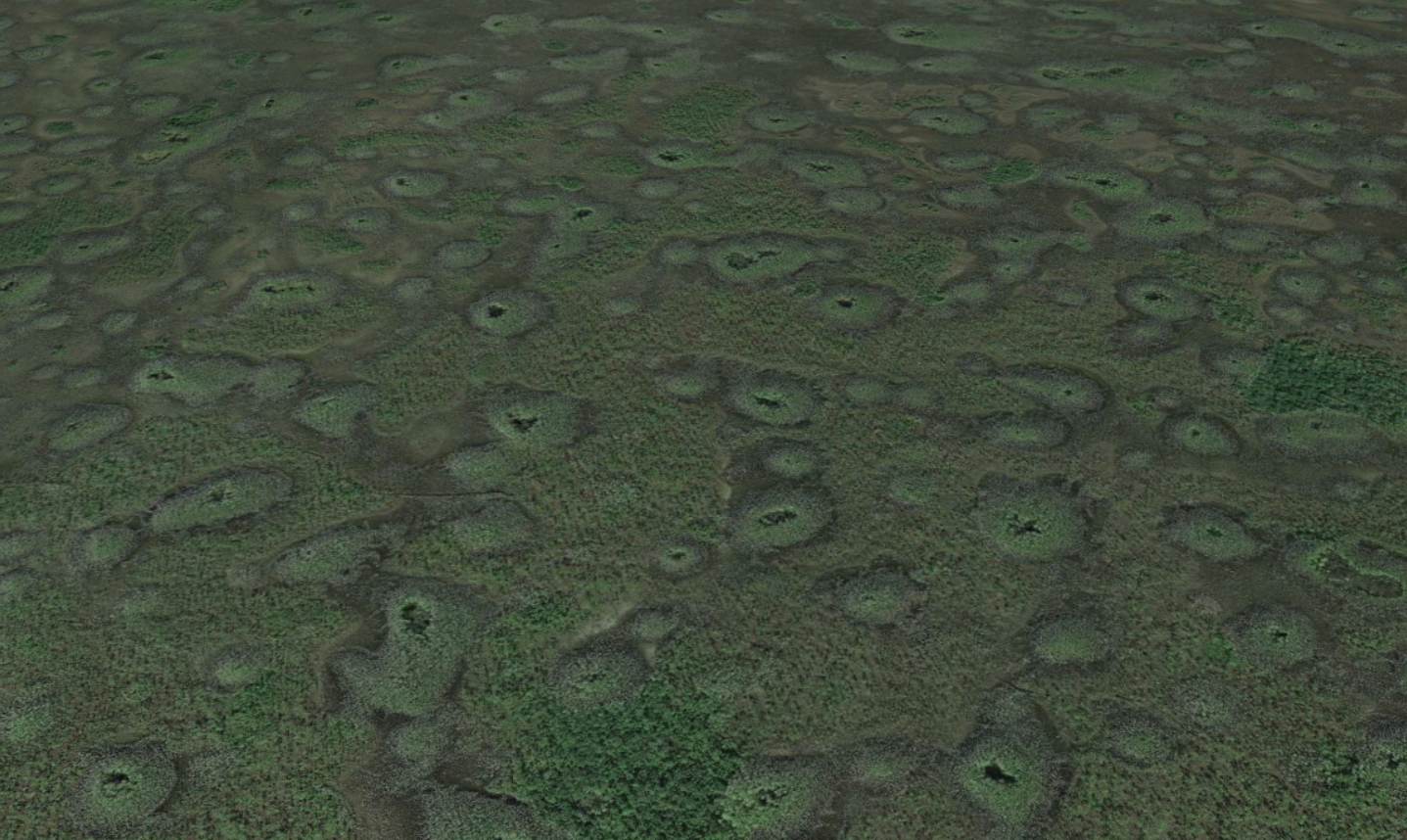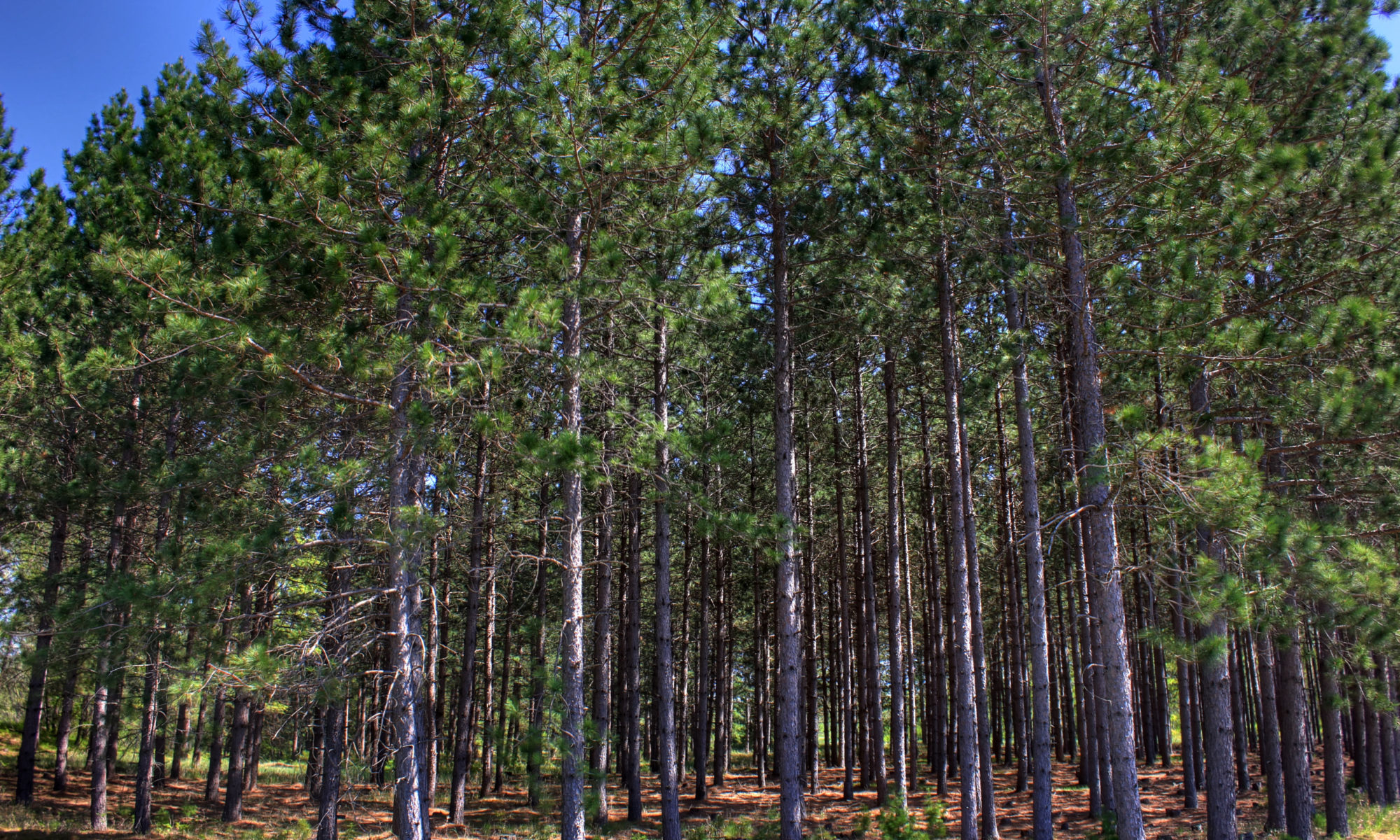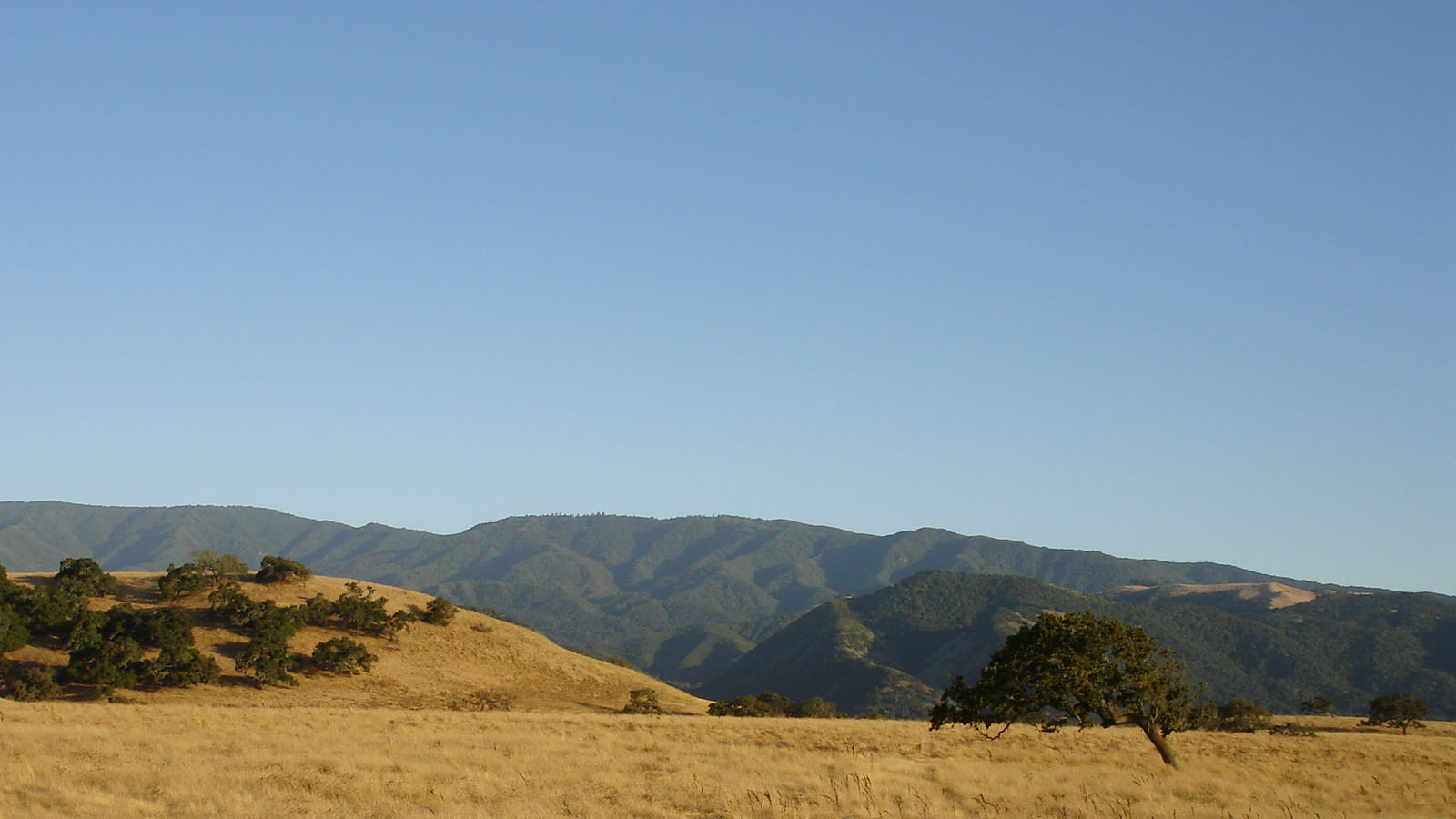Feature Image: Limestone depressions cover the landscape in the Big Cypress National Preserve in Florida, USA. (C) Google.
Article: Competition Among Limestone Depressions Leads to Self‐Organized Regular Patterning on a Flat Landscape
Authors: Dong, X., Murray, A. B., & Heffernan, J. B.
Patterns are abundant in nature, from evenly spaced termite mounds and vegetation patches to repeating series of ridges and valleys to sand dunes. The questions of why these patterns are so uniform and why they are found in disparate settings has been the subject of intense scientific interest over the last decades. Mathematical tools have given scientists the ability to study these “complex systems,” where behavior of the whole system emerges from interactions between smaller parts. While many different systems have been studied, recently researchers from the Duke University and the University of California at Davis investigated a patterned landscape with mysterious origins: the large, evenly spaced depressions in limestone bedrock that cover nearly 3000 square kilometers of the Big Cypress National Preserve in the Florida Everglades.
Continue reading “Landscapes get depressed too: limestone depressions pattern a wetland landscape”


